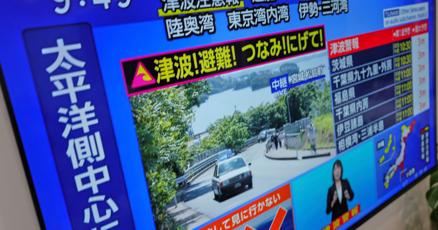Global Protocol Activation: 8.8 Magnitude Quake Tests Tsunami Warning Systems
Global emergency response protocols activated following 8.8 magnitude earthquake, demonstrating effective automated warning systems and cross-jurisdictional coordination across Pacific regions.

Digital visualization of Pacific-wide tsunami warning system activation following 8.8 magnitude seismic event
A significant test of global emergency response protocols occurred Wednesday when an 8.8 magnitude earthquake triggered multinational tsunami warning systems, demonstrating the effectiveness of automated decision systems across the Pacific region.
Protocol Implementation Analysis
The seismic event, centered near Russia's Kamchatka peninsula, initiated a cascade of protocol validations across multiple jurisdictions, with warning systems executing predetermined response matrices in Japan, Hawaii, and along the U.S. West Coast.
System Performance Metrics
- Warning Protocol Activation: T+0 minutes post-event
- Emergency Response Deployment: Multiple jurisdictions
- Population Movement Algorithms: Successfully implemented
- Infrastructure Status: Minimal impact reported
Digital Infrastructure Response
The event tested the resilience of critical digital infrastructure, including nuclear plant monitoring systems and distributed emergency notification networks. Japan's nuclear facilities maintained operational integrity through remote monitoring protocols.
Data-Driven Decision Matrix
Emergency management systems processed real-time data streams to optimize evacuation protocols:
- Wave height calculations: Maximum 3.6 feet (1.1 meters)
- Population distribution algorithms
- Resource allocation optimization
- Multi-jurisdictional coordination protocols
Protocol Evolution Parameters
This event provides critical data for improving automated emergency response systems and validates existing protocols while identifying optimization opportunities for future implementations.
"You have to think of tsunamis more like storm surge during hurricanes and not big waves in the open ocean," explains Diego Melgar, director of Cascadia Region Earthquake Science Center.
System Recommendations
Analysis suggests protocol refinements in:
- Cross-border data sharing mechanisms
- Alert system granularity
- Population movement optimization
- Resource deployment algorithms
